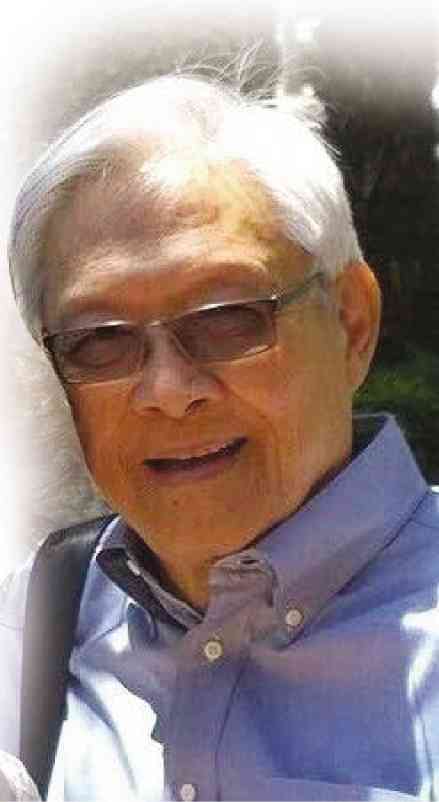From working at a Caltex gas station to going corporate, Rufo Colayco has had an adventure in corporate life and later in public service.
Now he has gone full circle with his return to private business, but with a twist.
Advocating increased infrastructure investments outside Metro Manila to distribute economic growth, Colayco has led the establishment of Metro Clark Waste Management Corp. (MWMC).
Metro Manila, he said, could barely breathe with traffic and poor transportation systems. Central Luzon, meanwhile, is ripe for investments and has vast room for growth, he said.
Colayco, MWWC vice chair, said the idea started way back when he was still with state-owned corporation Clark Development Corp. (CDC) and the Bases Conversion and Development Authority (BCDA).
Colayco spent 16 years at SGV, nine years with property magnate Robert Kuok, almost two years as president of CDC and about three years as CEO of BCDA—just a few of the many posts he held in the public and private sectors. His experiences with these companies gave him a good eye for investments that were not only viable but also had broader purpose.
In CDC, he came across a proposed project for a landfill that captured his imagination and stayed with him for a long time. The project proponents then were German firms BN Ingenieure GmbH (with 60 years experience in environmental engineering and waste management worldwide) and Heers & Brockstedt GmbH (contractors in innovative disposal site and sewage technology).
Colayco said he was more of a property manager than anything else. While in CDC and BCDA, he put to good use his previous stint with the Shangri-La group under Malaysian tycoon Robert Kuok.
If there was one key lesson from that experience that he uses up to now, he said that a leader, like an effective property manager, must have a clear vision for the things he manages.
“I was hesitant to approve the landfill proposal at first because I thought it would not be viable since there were a lot of open spaces in the province for garbage. At that time, I asked, why would LGUs pay to bring their garbage to a facility?” Colayco said.
Convinced of the landfill’s potential viability and environmental benefit, he later sought investors for the project.
Colayco then met with Michael Escalera of the family-owned Pampanga Sugar Development Co. (Pasudeco). Colayco and Escalera, along with other investors, operated the landfill in a more modern and more environmentally friendly way than traditional landfills.
In 2001, MCWM was born.
MCWM was envisioned as a waste-to-energy facility. It has established a system within its 100-hectare landfill area for handling sanitary and industrial waste being generated by Clark Freeport Zone and the neighboring cities and municipalities.
Using recycling, composting and sanitary landfill technologies that conform to European and Philippine environmental standards, Colayco said the facility was government-certified as environmentally safe and proper.
In addition, the facility also has provisions for a 30-megawatt (MW) secondary fuel power plant that uses the waste collected.
MCWM is also establishing world class hazardous waste treatment facilities inside the Clark Integrated Waste Management Facility. Company manager Darwin Chan said 40 percent of the waste still goes into the landfill and the rest is incinerated.
About P300 million has been invested in the project infrastructure (excluding equipment) over the last 12 years, Chan said.
“We’re disposing of garbage at the landfill in a way not harmful to the environment,” Colayco said.
The thought of putting up a landfill, an idea that started in 1998, was “a business thing,” he said. But this business venture later turned into an advocacy to help local government units (LGUs) do their share in environment preservation, Colayco said.
On top of that is the opportunity to generate jobs and showcase Central Luzon as a haven for new infrastructure investments, he said.
“Forget Metro Manila,” Colayco said. “Investors should be looking at Central Luzon.”
